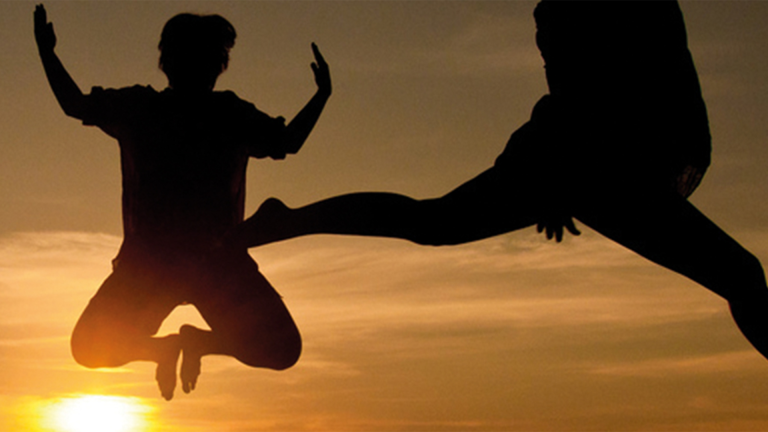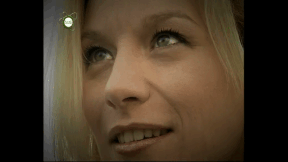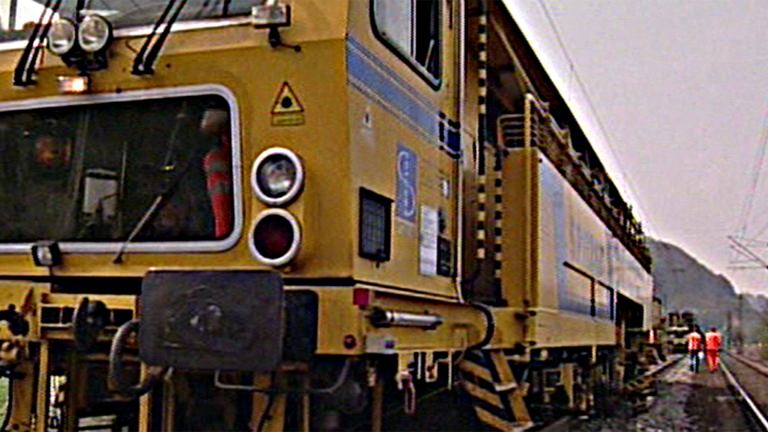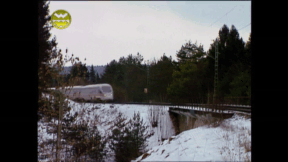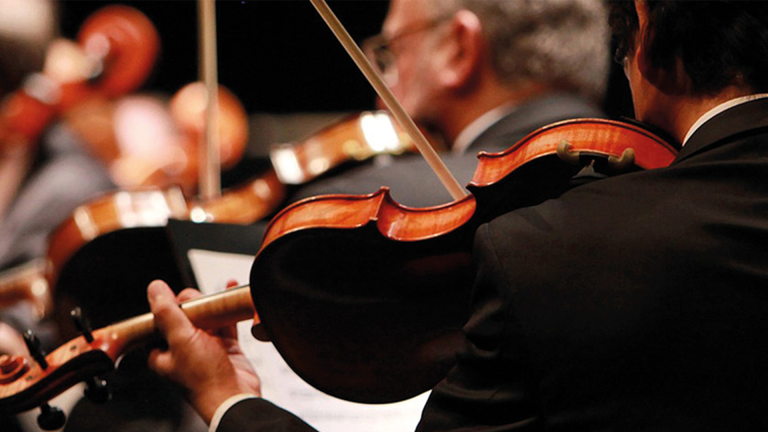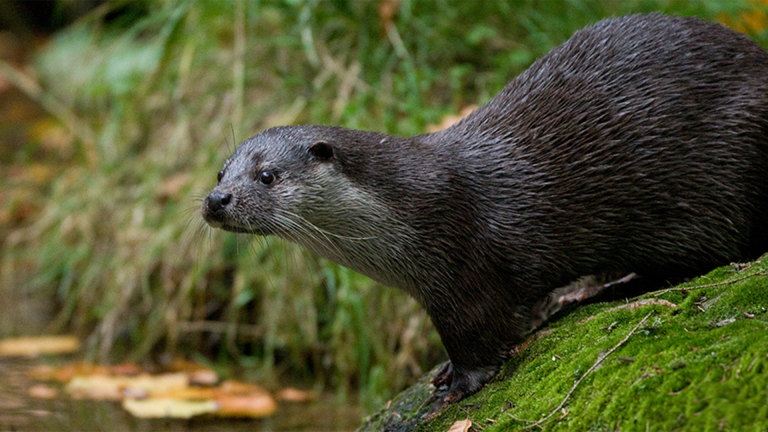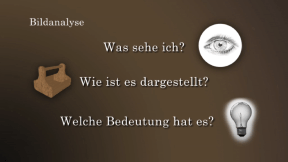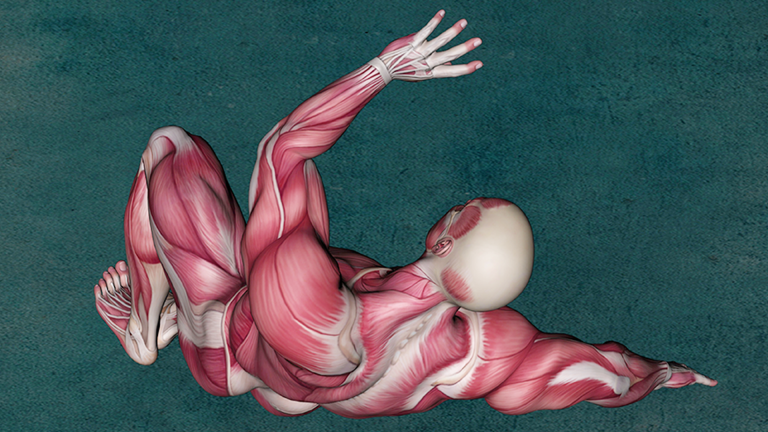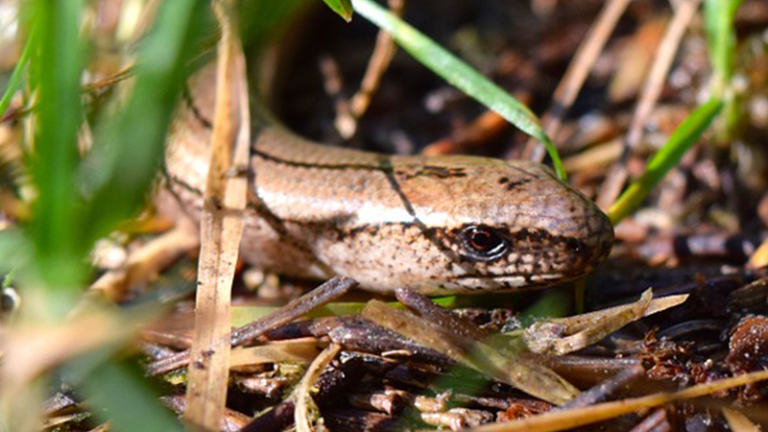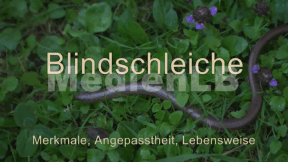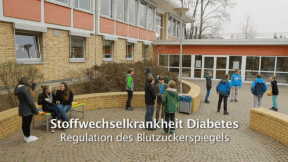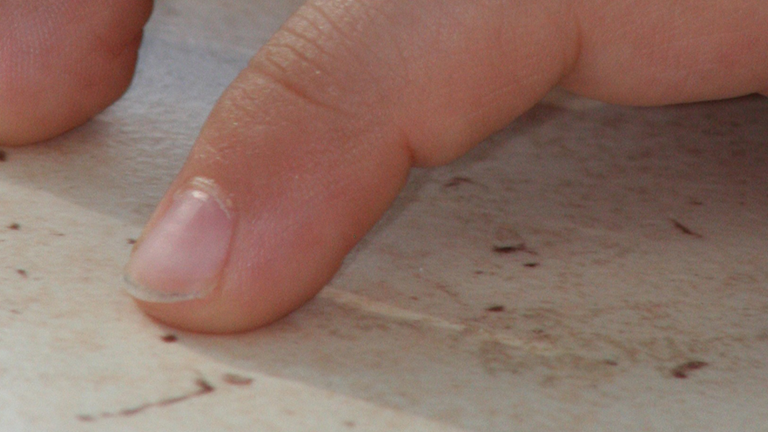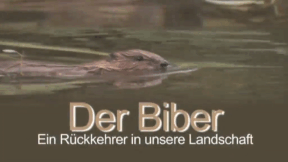Suche:
- # Artistry
- # Biology
- # Chemistry
- # Ecological
- # Economy
- # English
- # Foreign Language
- # Geography
- # German
- # Health
- # History
- # Informatik
- # Latin
- # Mathematics
- # Media Education
- # Music
- # Physics
- # Politics / Civics
- # Preschool
- # Primary School
- # Religion
- # Society
- # Sports
- # Technology
- # Training of Teachers
- # Vocational Education
Cybermobbing
Für viele ist das Wort „Cybermobbing“ ein x-beliebiger Modebegriff, doch immer mehr Kinder und Jugendliche sehen sich mit dieser sehr realen Gefahr konfrontiert. Cybermobbing kann viele Formen annehmen – den Anfang findet es jedoch fast immer in Chatrooms und/oder auf sozialen Netzwerken, die bei jungen Menschen besonders populär sind. Damit endet das Mobben hier keineswegs bei Schulschluss, sondern dauert den ganzen Tag an – das Opfer kommt überhaupt nicht mehr zur Ruhe.
Learn moreKörpersprache
Körpersprache – jeder benutzt sie, aber meistens ist uns das gar nicht bewusst.
Learn moreBahn
Wie wird man eigentlich Lokführer? Schau Dich schlau zeigt den Weg zum Traumberuf. Und: Wie kommen eigentlich die Fäkalien aus einem ICE? Wie putzt man einen riesigen ICE-Zug? Schau Dich schlau ist bei ein einem Boxenstopp des Vorzeigezuges der Deutschen Bahn dabei! Und wir gehen der Frage nach, wie eigentlich die Schienen auf den Schotter kommen. Das und mehr bei Schau Dich schlau!
Learn moreKlassische Musik erleben
Wien war im ausgehenden 18. Jahrhundert die unbestrittene Metropole der europäischen Musik. Angezogen von der großzügigen Förderung vor allem durch Joseph II. fanden Joseph Haydn, Wolfgang Amadeus Mozart und Ludwig van Beethoven ihren Weg an die Donau.
Learn moreLife in the Lake
All of you certainly know a lake. Perhaps you have even been splashing around in a lake once because lakes are big stretches of water. But what actually is a lake? How did it form? What lives in a lake and around it? That is what we want to find out together. How do you actually recognise that you are at a lake? If you look closely, you see, simply put, that lakes are always where water collects in a very big depression on the earth’s surface. Contrary to rivers, lakes are therefore bodies of water that are surrounded on all sides by a shore.
Learn morePicture Analysis
Picture analysis is a reliable method of revealing the secrets of works of art. Let us take for example the portrait of a child. There would have been innumerable ways of depicting the child but the painter painted it specifically the way he did and not otherwise. Why? What did he want to express? And what painter’s tricks did he use in doing so? It is worthwhile examining the picture in detail to unravel the message of this work, after all, the painter invested a lot of time and effort in it. Those who occupy themselves intensively with a work of art do not only learn more about the artists’ technical subtleties. In the process, they also go on a journey back through time, to forgotten customs and habits. It is a dive into the everyday lives of our forebears, their wishes and dreams.
Learn moreMikroskopieren lernen
Das Mikroskop öffnet den Blick in die riesige Welt des Allerkleinsten.
Learn moreMuscles
When we talk about muscles, we mostly think of those we can see. These are the arm, chest, abdominal and leg muscles.
Learn moreSlow Worm
The slow worm is a small, completely harmless lizard, which – contrary to its German name “Blindschleiche”– is perfectly able to see and is often mistaken for a snake because it has no legs and an elongated body. The German name is presumably derived from the Old High German word “Plintslicho”, which means “blinding sneaker”. This probably refers to the pretty, shining skin surface of the slow worm.
Learn moreMetabolic Disorder Diabetes
Big break in the school yard of the Freiherr vom Stein school. The pupils are talking or playing. Amidst them is Felix, twelve years old. He is always with them. Now it is necessary for him to measure his blood sugar because he has diabetes. The blood sugar level is permanently elevated in this disease.
Learn moreDie 5 Sinne
Wie selbstverständlich sehen, hören, riechen, schmecken und fühlen wir. Jeder benutzt täglich seine fünf Sinne, ohne sie bewusst einzusetzen. "Schau dich schlau!" untersucht in dieser Sendung, warum sie für uns überlebenswichtig sind und wie sie funktionieren.
Learn moreThe Beaver
Natural river and lake areas are becoming increasingly rare. With expensive measures to restore them to their natural state, efforts are being made to recreate them. Here, an animal may be helpful: the beaver. After it was exterminated in Germany in the 19th century, today about 15 000 specimens live here again thanks to the reintroduction of the beaver during the 1960s. Many people, however, have never caught sight of this shy nocturnal rodent, yet. The DVD first describes the beaver (in particular its adaptation to life in water) and zoologically classifies it. Then the beaver family and their social behaviour and habitat are introduced. The beaver constructions (beaver dam and beaver lodge) are illustrated as well as its territory and its purely vegetarian diet. Subsequently, both its extermination and its reintroduction as well as present-day problems are looked into. But primarily the film shows the beaver to be a valuable, natural architect of landscapes.
Learn more





